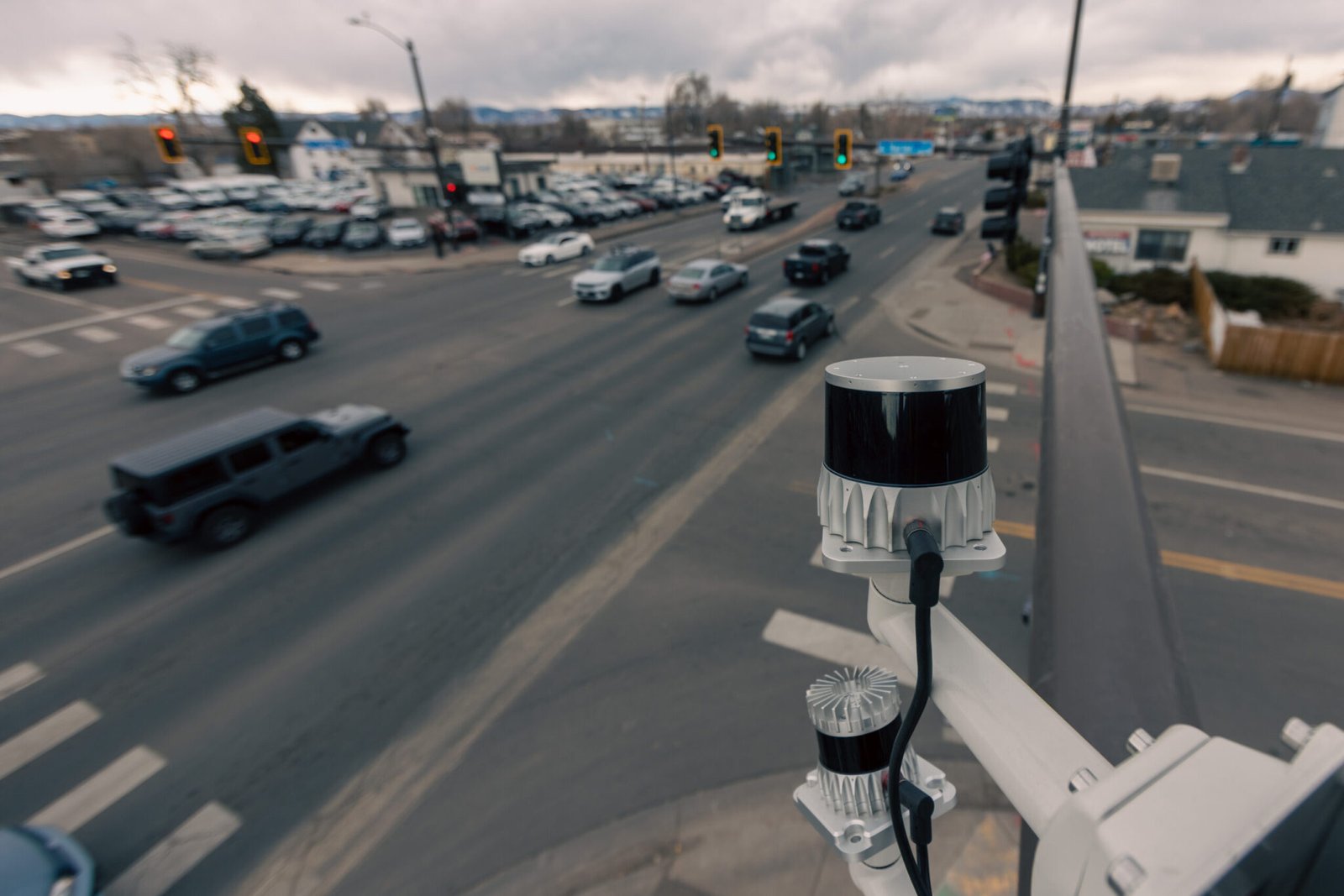artificial intelligence
As Smart City Innovations Expand, Privacy and Ethical Dilemmas Intensify

Authorities in St. Helena, California, successfully apprehended a suspect connected to the hit-and-run death of an 81-year-old woman after nearly a week of searching. The arrest was made possible through a sophisticated license plate reading camera system that captured the suspect’s vehicle near the incident site.
The police utilized data from FLOCK’s automatic license plate reading technology, which stores license plate information in a cloud database. This innovative approach allows law enforcement to quickly identify suspects based on their vehicle registrations, streamlining what was traditionally a labor-intensive process involving manual review of security footage.
Such technology falls under the realm of “Internet of Things” (IoT), which encompasses interconnected devices that collect and exchange data. Often referred to as “smart city” technologies, these systems aim to enhance urban safety and efficiency.
Transit agencies are increasingly adopting advanced tools, such as AI and cloud technology, to gather more data than ever. This can lead to better decision-making in traffic management and safety enforcement. However, the rise in monitoring and data collection also raises significant ethical and privacy concerns.
Jay Stanley, a senior policy analyst at the ACLU, highlighted that while checking license plates for stolen vehicles is acceptable, retaining that data for an indefinite time poses risks to citizens’ privacy and civil liberties. He articulated concerns about the mass tracking capabilities of widespread camera installations in communities.
Hari Balakrishnan, an expert in computer science and AI, noted that while residents might appreciate the utility of such technology in solving crimes, it’s crucial to scrutinize how data is used and stored. He emphasized the importance of transparency surrounding the objectives behind data collection.
Smart city technologies utilize various hardware, including cameras and sensors, to monitor specific areas for safety purposes. Nathan Kautz, a transportation safety engineer, explained that intelligent transportation systems can enhance traffic flow and respond more efficiently to accidents without the need for constant police presence.
Florida’s Strategic Highway Safety Plan showcases the potential of these systems to reduce traffic fatalities through vigilant monitoring. While this innovative approach offers significant benefits, it also necessitates a careful conversation regarding privacy protection.
Balakrishnan has founded companies focused on creating safer driving algorithms using IoT data. Yet, questions about consent arise when discussing city-embedded devices, contrasting voluntary participation seen in mobile device usage.
As cities across the U.S. navigate the implementation of these technologies, regulatory frameworks vary greatly. Some regions impose strict limitations on the use of traffic cams, while others embrace their utility fully, sometimes without sufficient oversight.
The ongoing dialogue about IoT technologies’ implications on civil liberties is vital as municipalities strive to balance public safety with ethical data management. Community trust hinges on clarity regarding data usage and safeguards against potential misuse.
With no federal guidelines governing data privacy in smart cities, local governments must establish their standards. Experts underscore the importance of municipalities asking critical questions when contracting tech companies to ensure robust protections for collected data.
The evolving nature of surveillance technology necessitates continuous reassessment of privacy rights, as demonstrated by landmark Supreme Court cases. Until comprehensive legislation is enacted, disparate state policies will determine the framework in which these technologies operate.
“The challenge lies in how seemingly benign data can combine to reveal sensitive insights,” Weitzner noted. The necessity for vigilance and accountability in deploying IoT solutions in public spaces remains a paramount concern as cities innovate for the future.


















